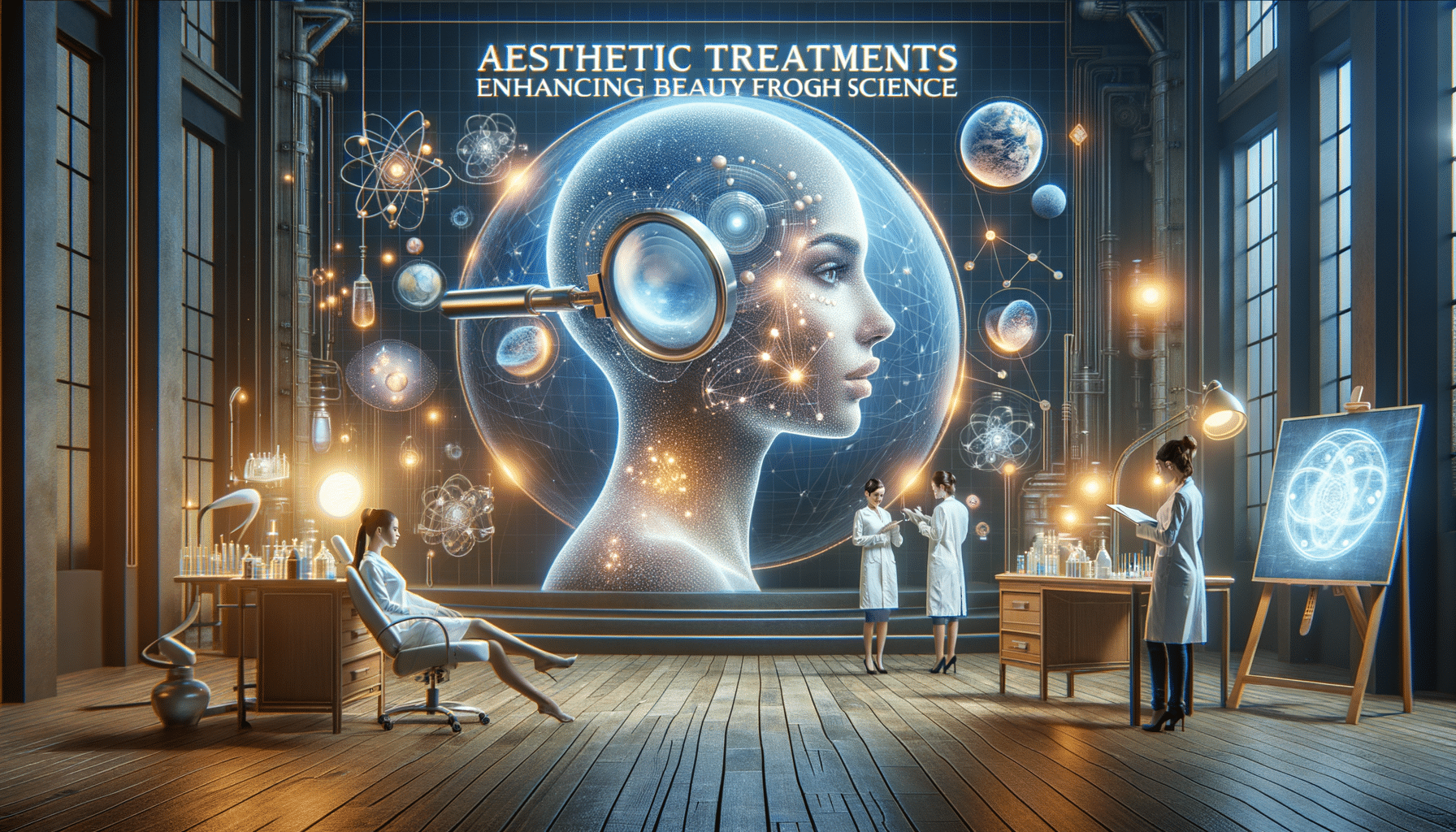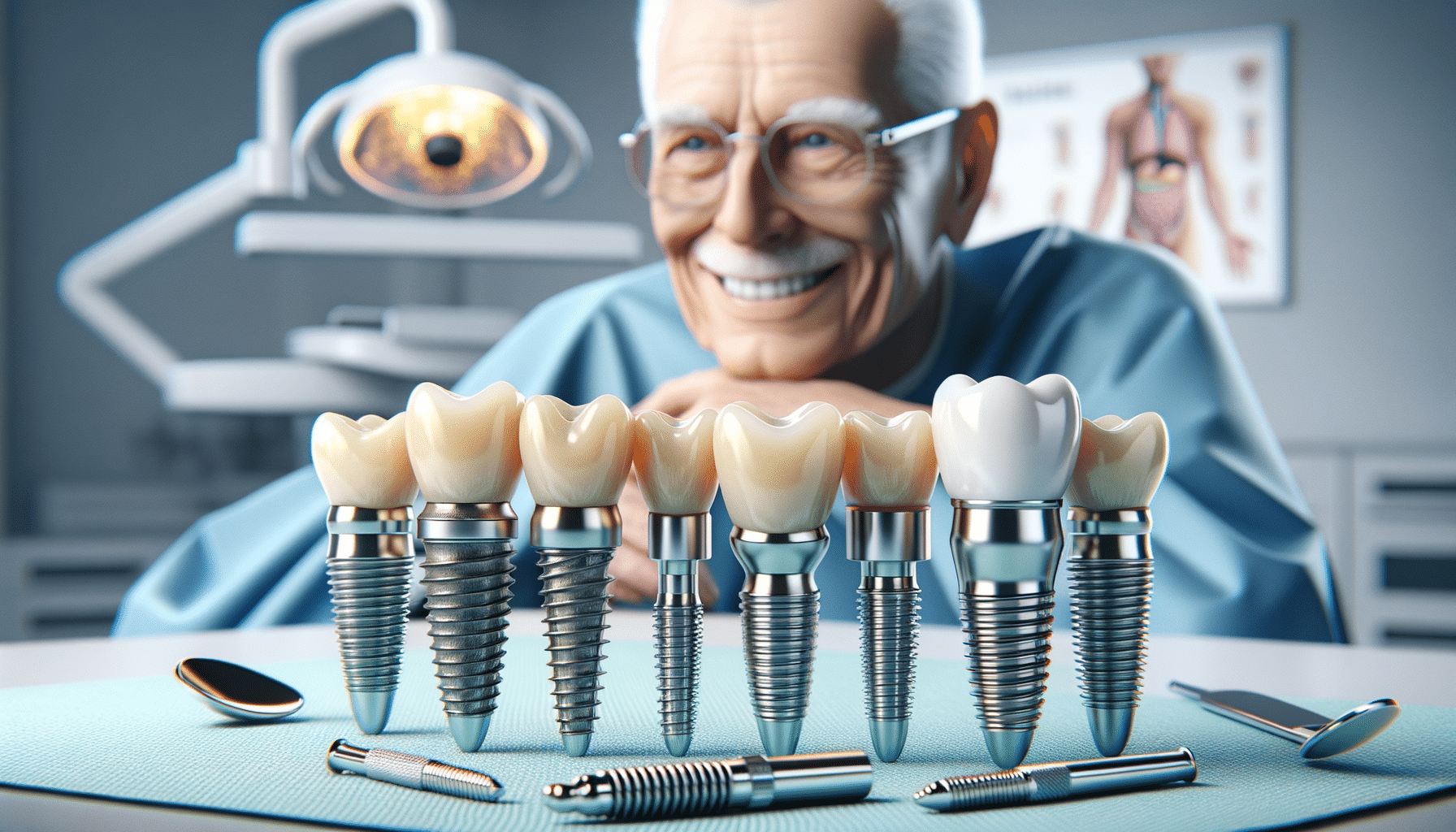
Aesthetic Treatments: Enhancing Beauty Through Science
Introduction to Aesthetic Treatments
Aesthetic treatments have become a significant aspect of the beauty and wellness industry, offering individuals a variety of options to enhance their appearance and boost self-confidence. These treatments range from non-invasive procedures to more complex surgeries, catering to diverse needs and preferences. With advancements in technology and increasing awareness of self-care, aesthetic treatments have gained popularity and acceptance worldwide.
Aesthetic treatments are not just about vanity; they play a crucial role in improving one’s quality of life. Whether it’s reducing the signs of aging, treating skin conditions, or simply enhancing natural features, these treatments provide solutions that were once thought impossible. This article delves into the different types of aesthetic treatments, their benefits, and their impact on the beauty industry.
Types of Aesthetic Treatments
The realm of aesthetic treatments is vast, encompassing a wide array of procedures designed to address various cosmetic concerns. These treatments can be broadly categorized into non-invasive and invasive procedures.
Non-Invasive Treatments: These are procedures that do not require surgery or significant recovery time. They include:
- Botox and Fillers: Used to reduce wrinkles and fine lines, providing a youthful appearance.
- Laser Treatments: Effective for hair removal, skin resurfacing, and treating pigmentation issues.
- Chemical Peels: Help in exfoliating the skin, improving texture and tone.
- Microdermabrasion: A technique to remove dead skin cells, promoting skin rejuvenation.
Invasive Treatments: These involve surgical procedures that require more recovery time but offer long-lasting results. Examples include:
- Rhinoplasty: Reshapes the nose for aesthetic or functional purposes.
- Liposuction: Removes excess fat deposits, contouring the body.
- Facelifts: Tighten and lift sagging facial skin, reducing the signs of aging.
Each type of treatment has its unique benefits and considerations, making it essential for individuals to consult with professionals to determine the most suitable option for their needs.
Benefits of Aesthetic Treatments
Aesthetic treatments offer numerous benefits that go beyond mere appearance enhancement. These benefits contribute to the growing popularity and acceptance of these procedures.
Improved Self-Confidence: Many individuals who undergo aesthetic treatments report a significant boost in self-esteem. By addressing perceived imperfections, these treatments help individuals feel more comfortable and confident in their skin.
Enhanced Physical Appearance: Aesthetic treatments can effectively address various cosmetic concerns, from reducing wrinkles to reshaping body contours. This enhancement often leads to a more youthful and refreshed appearance.
Medical Benefits: Some aesthetic treatments also offer medical advantages. For instance, rhinoplasty can improve breathing issues, while laser treatments can address skin conditions like acne scars.
Overall, the benefits of aesthetic treatments extend beyond physical appearance, impacting individuals’ psychological well-being and quality of life.
The Role of Technology in Aesthetic Treatments
Technology plays a pivotal role in the advancement and effectiveness of aesthetic treatments. Innovations in this field have led to the development of safer, more efficient, and less invasive procedures.
Laser Technology: Lasers are used in various treatments, from hair removal to skin resurfacing. The precision and effectiveness of laser technology have revolutionized aesthetic procedures, offering targeted solutions with minimal downtime.
3D Imaging: This technology allows practitioners to create detailed images of a patient’s anatomy, aiding in the planning and execution of procedures like rhinoplasty and facelifts. It ensures more accurate results and helps set realistic expectations for patients.
Non-Surgical Alternatives: Advances in technology have led to the development of non-surgical treatments that offer results similar to surgical procedures. For example, non-surgical facelifts use ultrasound or radiofrequency to tighten and lift the skin.
The integration of technology in aesthetic treatments continues to evolve, promising even more innovative solutions in the future.
Conclusion: The Future of Aesthetic Treatments
The future of aesthetic treatments looks promising, with continuous advancements in technology and techniques. As societal perceptions shift towards acceptance and normalization of these procedures, the demand for aesthetic treatments is expected to grow.
Future trends may include more personalized treatments tailored to individual needs, further minimizing risks and enhancing results. Additionally, as research progresses, we may see the development of new materials and methods that offer even more natural and long-lasting outcomes.
For those considering aesthetic treatments, it is crucial to conduct thorough research and consult with qualified professionals to make informed decisions. With the right approach, aesthetic treatments can significantly enhance one’s appearance and quality of life.


